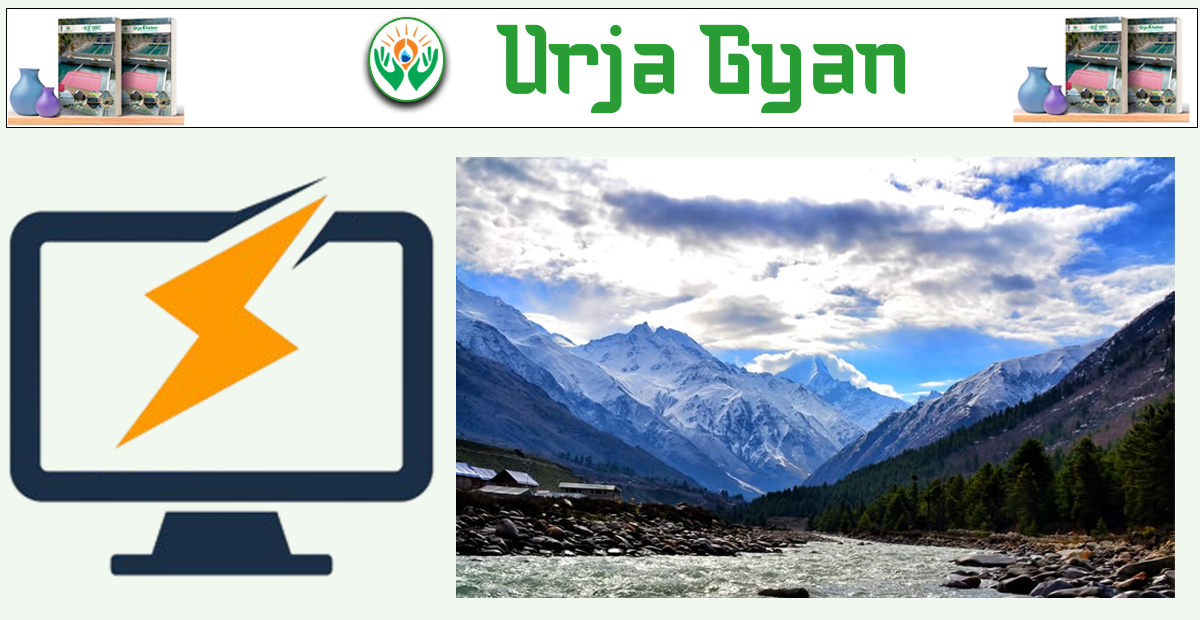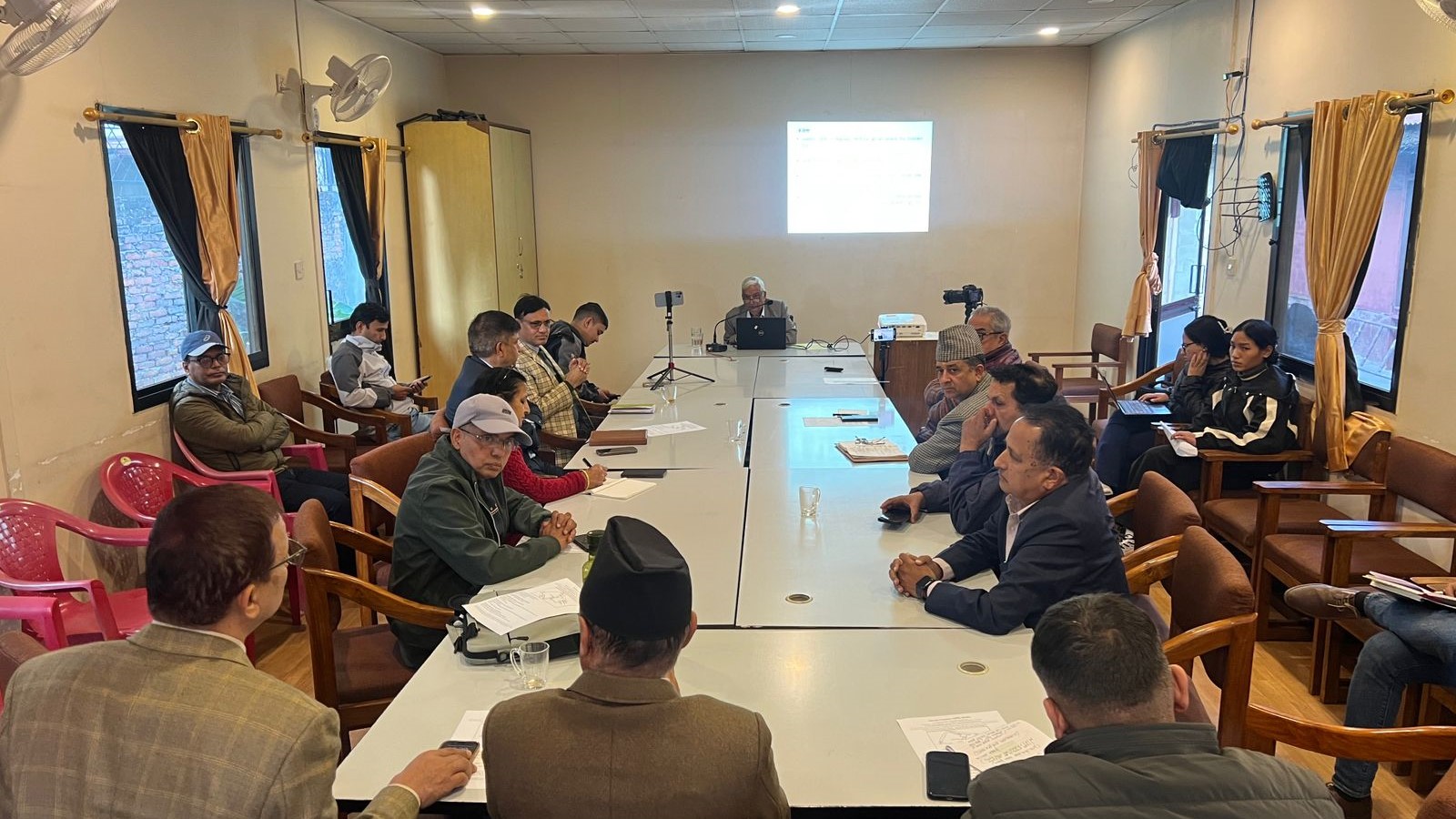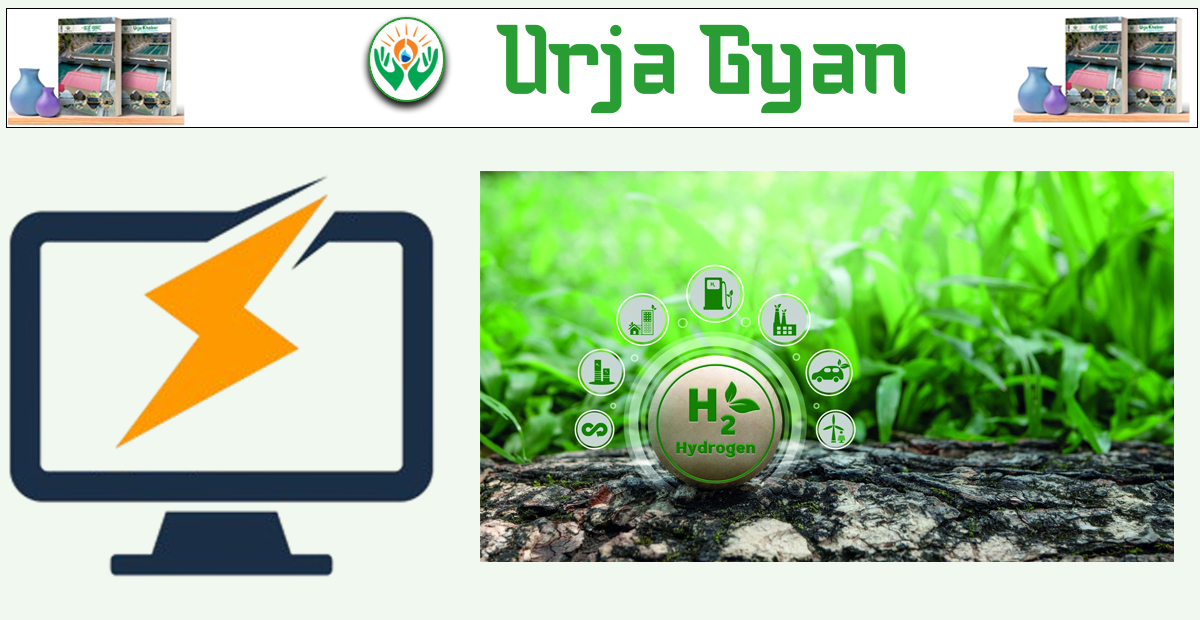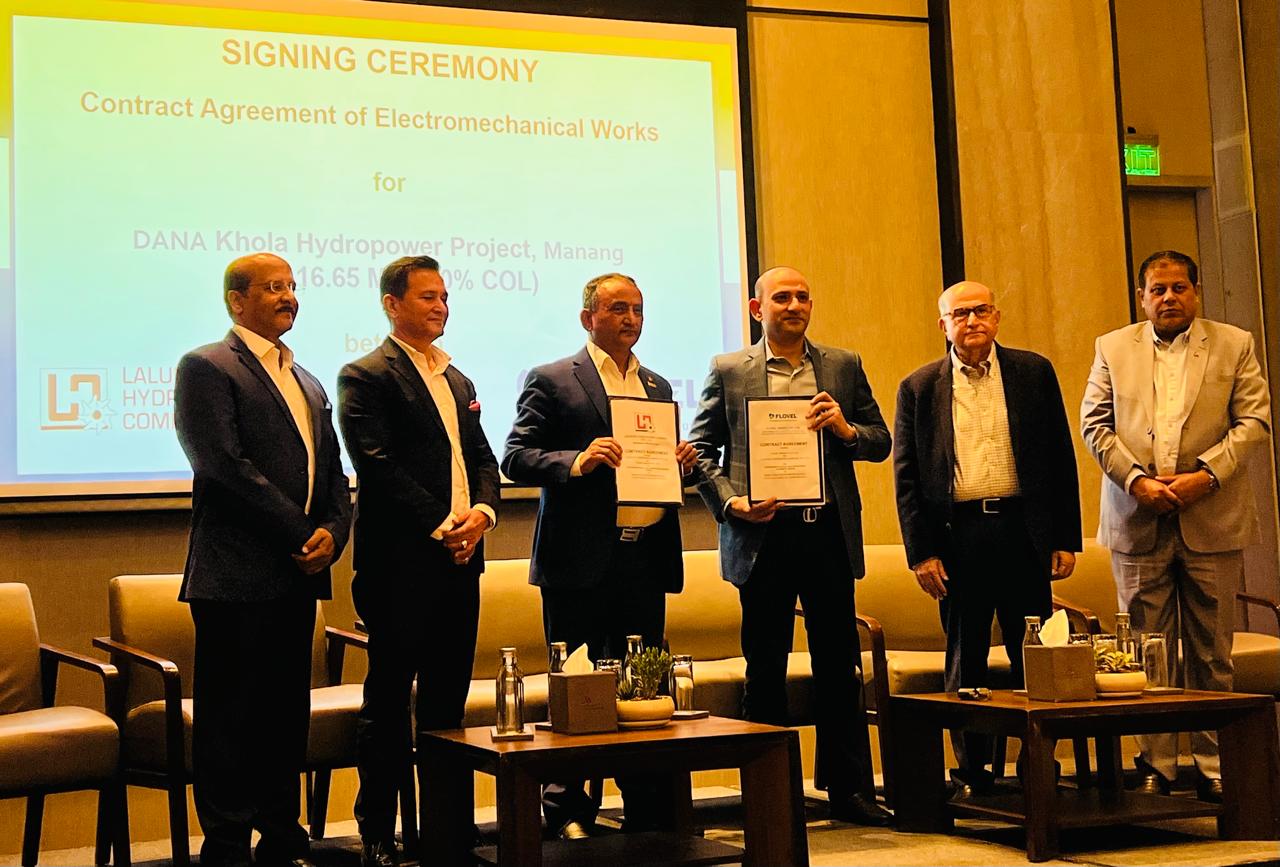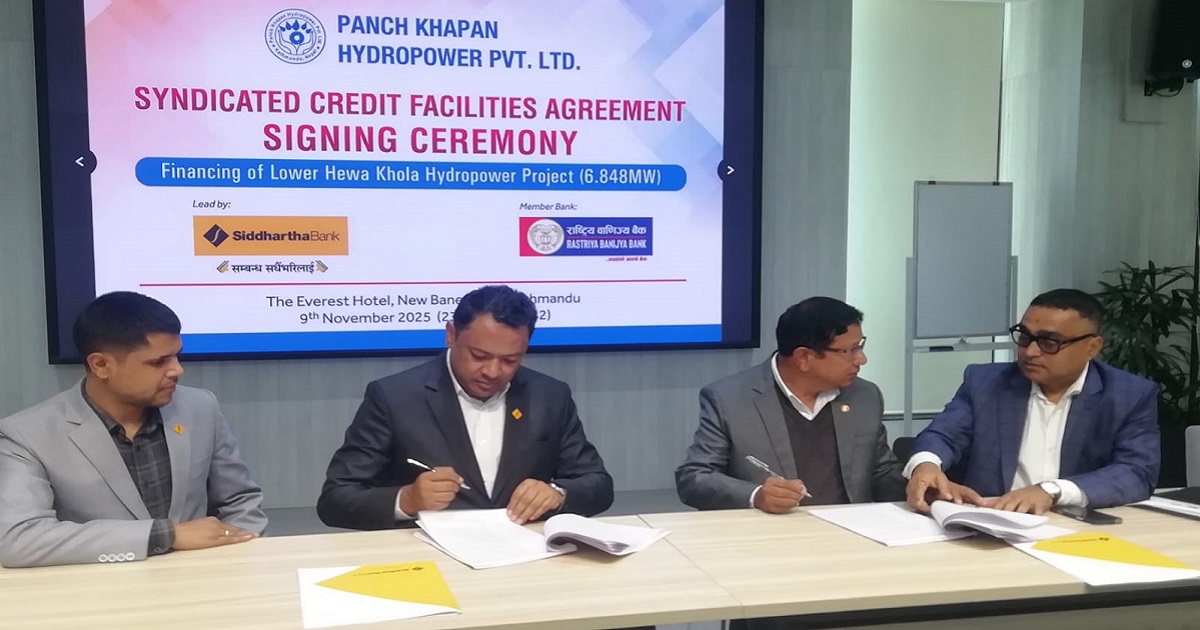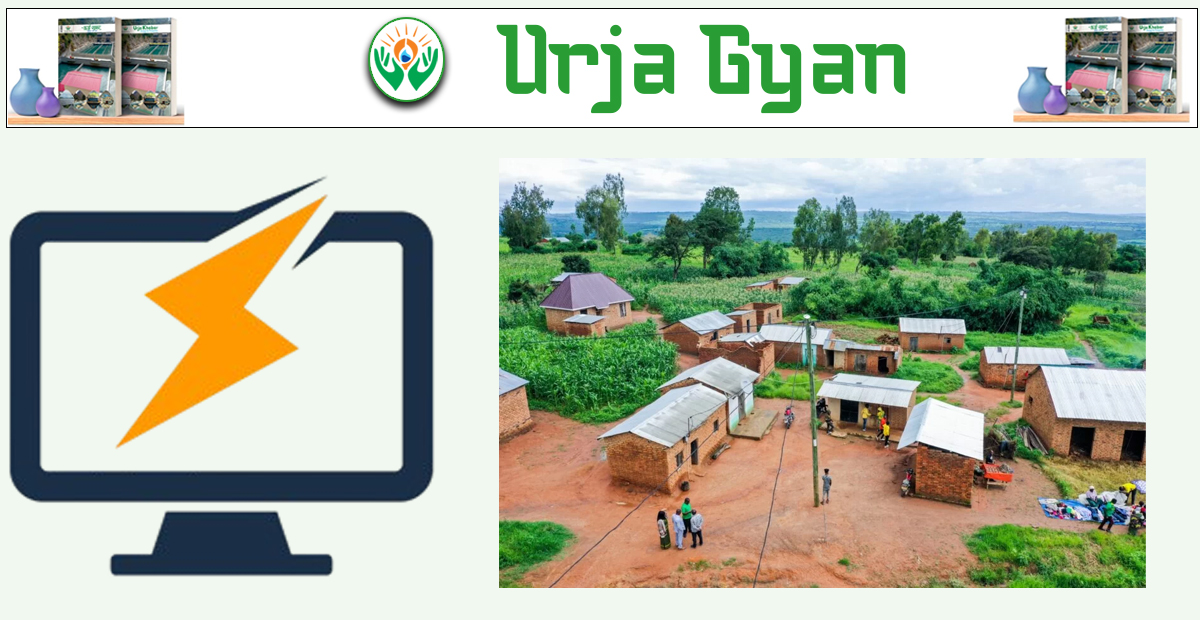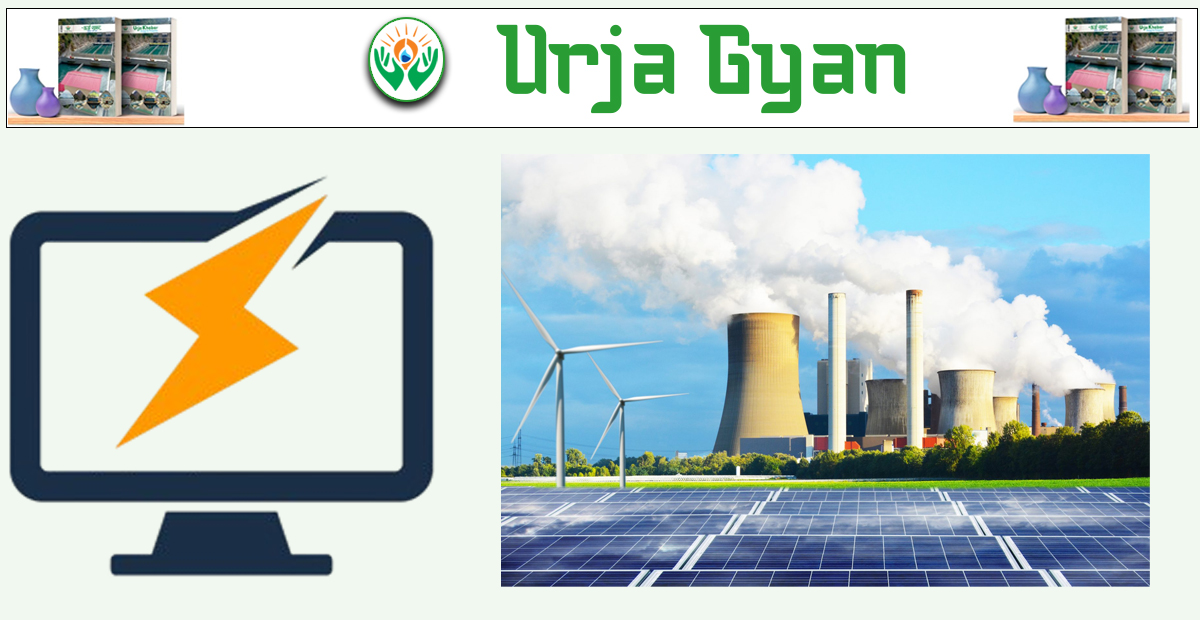Energy Update
Electricity Distribution System, Lines, and their Types
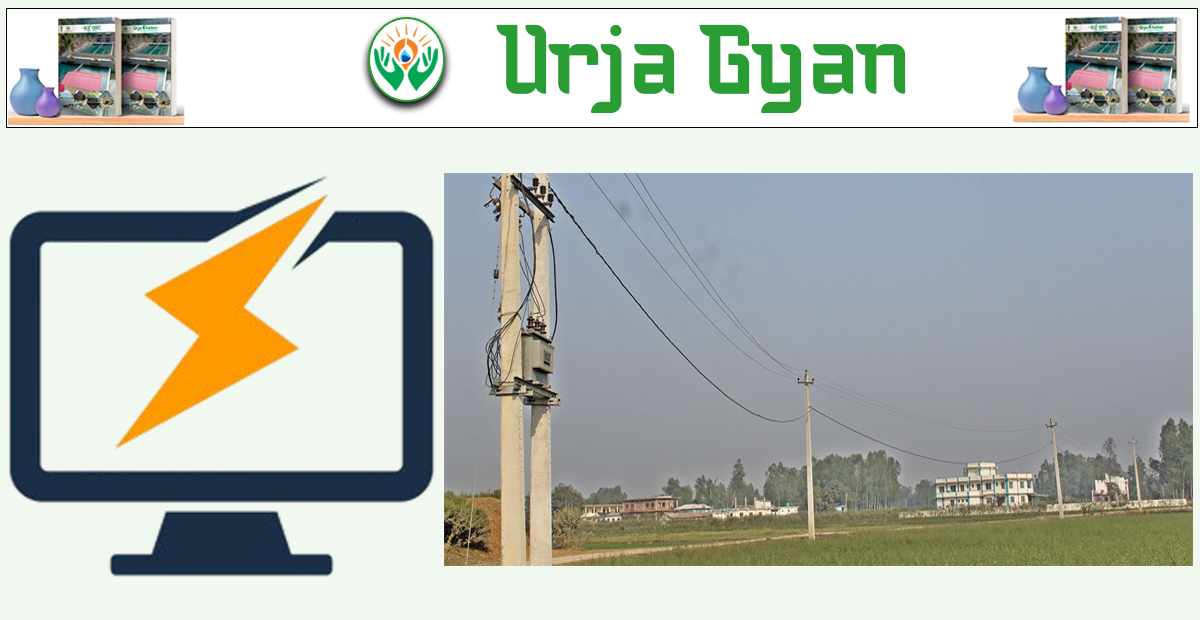
Kathmandu; Friday, Urja Khabar publishes an informative article titled 'Urja Gyan,' and today, we are going to publish information about the electricity distribution system and its units. We published information on electrical substations last week.
1. What is Electricity Distribution?

Answer: Distribution of electricity is the final supply of electricity from the grid to the end user. High-voltage electricity is stepped down at substations and then supplied to homes and businesses via lines and transformers in a network. For Nepal Electricity Authority, distribution includes 33 kV lines, 33/11 kV substations, 11 kV distribution transformers (11/0.4 kV), 400/230-volt lines, and customer connection-related all activities.
2. What are the two distribution systems?

Answer: There are two types of electricity distribution systems:
- Primary Distribution System: These are usually 11 kV or 33 kV lines.
- Secondary Distribution System: These are 3-phase 4-wire and single-phase 2-wire lines.
(I) The Primary Distribution System itself is further categorized into two types:
- (a) Radial System: There is a single source of power in this system. As soon as there is a fault in any section of the 11 kV feeder, the supply of electricity to all consumers on that feeder is interrupted. Only after the fault is cleared, will the supply of electricity be restored. The second disadvantage of this system is voltage drop, i.e., customers at the end of line receive low voltage, which results in low light.
- (b) Ring System: In this case, electricity is being supplied to customers through two routes from the feeder. During a fault, the faulty part can be isolated, and electricity can be supplied to the remaining network. The ring system, however, is more expensive than the radial system.
(II) Secondary Distribution System: It is comprised of the 3-phase 4-wire system and the single-phase 2-wire system. Transformers (11/0.4 kV or 11/0.230 kV) provide a separation between the primary and secondary distribution systems.
3. How many are the types of distribution lines ?
Answer : Distribution systems are differentiated primarily on the basis of construction type and voltage level.
On the basis of Construction: Electricity lines can be categorized as:
- Overhead Line: These are power lines suspended in the air.
- Underground Line: These are underground power lines.
On the Basis of Voltage Level: Electricity lines are usually divided into three types based on voltage:
- Distribution Line: This is 400 or 230 volts.
- High-Voltage Distribution Line: This is 11,000 volts.
- Transmission Line Voltage Levels:
– 33,000 volts (33 kV)
– 66,000 volts (66 kV)
–132,000 volts (132 kV)
–220,000 volts (220 kV)
– 400,000 volts (400 kV)
Multiple Choice Questions
What is the voltage level of the primary distribution system?
(a) 110 volts
(b) 400 volts
(c) 11 kV
(d) 66 kV
Answer : 11 kV
What type of secondary distribution system is found in Kathmandu city ?
(a) Single-phase 2-wire
(b) Single-phase 3-wire
(c) Three-phase 4-wire
(d) Three-phase 3-wire
Answer : Three-phase 4-wire
For what type of areas is the three-phase 4-wire distribution line system appropriate ?
(a) Dense settlements
(b) Factories
(c) Hilly areas
(d) Both a and b
Answer: Both a and b
What to do to maximize the lifespan of an iron pole ?
(a) Zinc coating
(b) Aluminum painting
(c) Zinc spray
(d) Aluminium spray
Answer: Zinc coating
What happens every time an unbalanced load is introduced in a three-phase electricity distributing system ?
(a) Leakage increases
(b) The consumers get lower voltage
(c) Overheating of the transformers
(d) All the above
Answer: All the above
Conversation
- Info. Dept. Reg. No. : 254/073/74
- Telephone : +977-1-5321303
- Email : [email protected]






